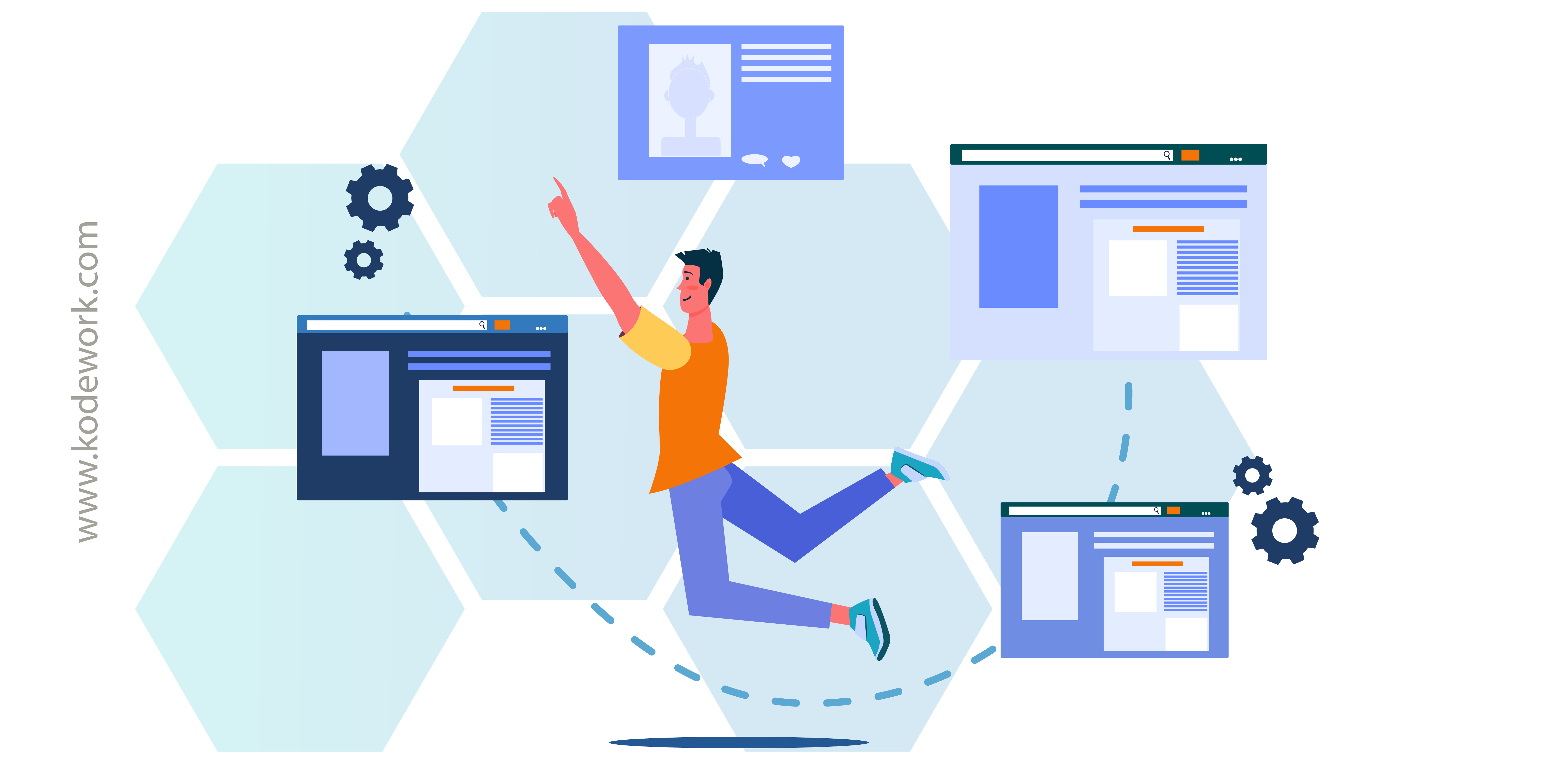
Back-end developers are the unsung heroes of web-development. Back-end development is also known as server-side development. This involves implementation, design, core logic, performance, and scalability. The primary goal of a back-end developer is to run software or systems on machines that the end-user does not see. These systems are rather complex and involve no interaction from the client.
To put this into perspective, take the Google website for example. When you log on to www.google.com, all you see is a white page, the Google logo, a search box, and a few links to change language or settings. What you don’t see, however, is a massively complex back-end that involves crawlers, algorithms, data, and servers. A back-end developer such as those at Kodework in Norway and India, work with programming languages such as C, C++, Java, Python, Perl, Go, Scala, etc. to get the job done. These developers are constantly plugged into data storage, database, logging, caching, and email systems.
A look at some of the key back-end deliverables
As code is being written or processed, it’s important to keep a few things in mind – among these, security is key. A back-end developer will want to maintain structured data integrity, ensure that performance and scalability are achieved, and at the end of it all, a secure system is built. When building a back-end to a web project, there are the essential components.
1. The database.
The database stores, organises, and processes data and information. Important user information such as names and email addresses, passwords, and other user data are stored in a database. Security of the database is essential, which is why they are always encrypted.
2. The Server
The server is essentially computer hardware and software that is used to power the entire process. This process includes the front-end that the client uses, and the database that stores the information. The server is responsible for sending, receiving, and processing user requests. It also handles encryption and security tasks.
3. Web Applications
There are a number of different types of web applications that run on the server, and these usually help with the interaction between front-end and back-end systems.
These three systems work together to create a strong foundation, allowing users to interact with websites successfully. In order to meet these requirements, developers need to rely on a number of different frameworks. These frameworks are simply software solutions that provide the required libraries and tools to make web development easier.
Standard Web Development Tasks
There are a few standard tasks that every web developer has to keep in mind. These include ensuring smooth communication between databases, establishing core security standards, formatting the output, and routing the intended URLs. In order to put these processes in order, server-side development frameworks such as Flask, Laravel, Phoenix, Express.js, etc. are highly recommended.
Open-source and free server frameworks like Node.js operate on JavaScript. Because it is opensource, it compatible with all major platforms. What makes Node.js a framework of choice, is that it can handle multiple requests at one time. This allows Node.js to perform various functions such as collecting form data, adding it to the database, modifying that data, managing files, and generating the dynamic content. Other web server software that offers similar functionality include Nginx, IIS, and Apache.
A standard development task for back-end developers is creating an Application Program Interface or API. The programmer will write an application program to connect with the Operating System using the API. This application is simply a set of protocols, tools, and routines for building applications or software. While the front-end makes API calls, the back-end executes the backend code. This task creates a layer of abstraction between the web application and back-end. The front-end is only dependent on the backend for the end result i.e. execution of the code.
These are just a few of the key roles and responsibilities of a back-end developer. To know more about website development, check out our Web Development Guide. On the other hand, if you’re looking for professional developer to help you build a stunning website, then get in touch with the team at Kodework.


